Question
What is the position of Z with respect to
U? Study the following information carefully and answer the below questions Twelve persons are sitting in a parallel row and opposite to each other. In row1- U, V, W, X, Y, and Z face the south. In row2- J, K, L, M, N and O face the north but not necessarily in the same order. U sits opposite to the one who sits second to the left of O. Only two persons sit between K and O. K sits to the left of O. The number of persons sits to the left of U is the same as the number of persons sit to the right of Y. W sits second to the right of Y. J sits immediate left of M, none of them sits at end of the row. L sits opposite to the one who sits second to the left of Z. X and Y are not immediate neighbours.Solution
We have, U sits opposite to the one who sits second to the left of O. Only two persons sit between K and O. K sits to the left of O. From the above condition, there are three possibilities. 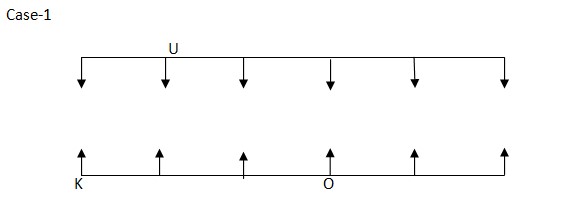
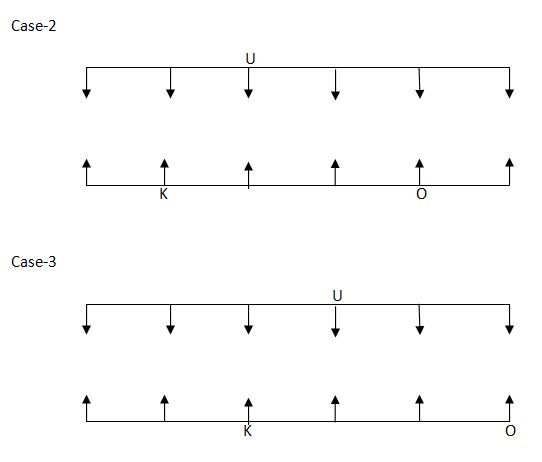 Again we have, The number of persons sit to the left of U is the same as the number of persons sits to the right of Y. W sits second to the right of Y. J sits immediate left of M, none of them sits at end of the row.
Again we have, The number of persons sit to the left of U is the same as the number of persons sits to the right of Y. W sits second to the right of Y. J sits immediate left of M, none of them sits at end of the row. 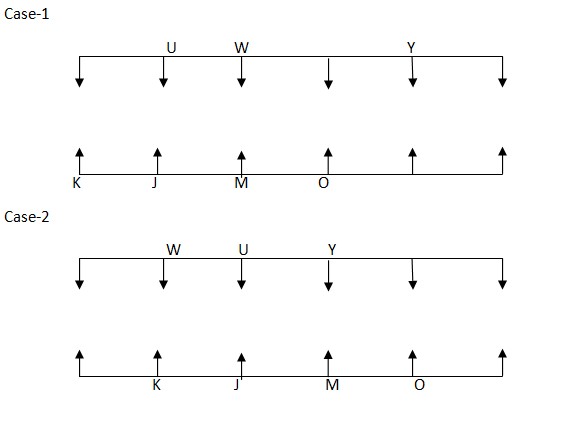
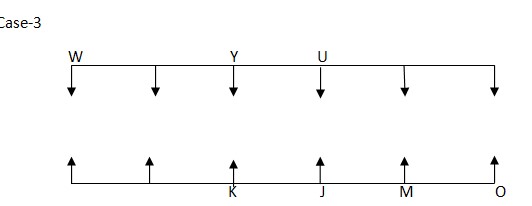 Again we have, L sits opposite to the one who sits second to the left of Z. X and Y are not immediate neighbours. From the above condition, case2 and case3 get eliminated. Case1 shows the final arrangement.
Again we have, L sits opposite to the one who sits second to the left of Z. X and Y are not immediate neighbours. From the above condition, case2 and case3 get eliminated. Case1 shows the final arrangement. 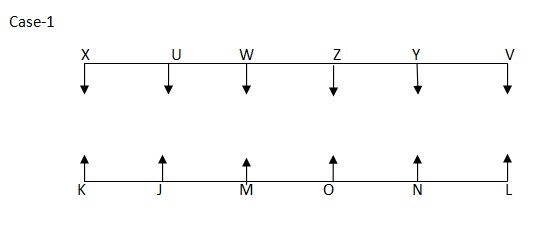
Which of the following pairs represent 4th and 9th floor?
How many boxes are placed between G and I?
Who among the following person visited on 9 May?
Seven persons J, K, L, M, N, O and P attend seminar on seven different days of a week starting from Monday. P attends seminar on Friday. L attends semin...
How many persons are taller than Dev?
Who sits second to the right of the one who like Pepsi?
Which of the following combination is true?
From where does Tina shop in the grocery department?
Which of the following contains Paper clip?
Who among the following likes Arijit?
Relevant for Exams:


